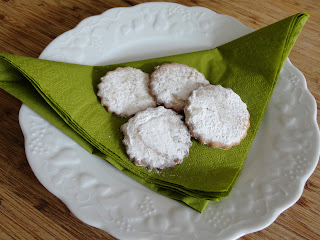There is still
time to make bunting before Jubilee Day (5 June), the 4th of July,
picnics, barbeques or summer parties. I
liked the idea of making it from tea towels, as they are cheap and colourful.
It takes about two hours from start to finish.
It’s a fun project to do and very satisfying to see it blowing in the
breeze.
What you need:
2 tea towels (I
chose red and blue because of the Jubilee)
4 meters of seam
binding
Lining material (I
found some in my scrap box)
Make a pattern with a sheet of plain white paper. I used A4, folded it in half lengthways, then drew a straight line to make a triangle. There is no correct size, but mine is about 9 ½ inches by 7 ½ inches.
Place one tea towel on top of the other, pin your pattern on and cut. If you have a rotary cutter this will be easier.
Arrange your pattern so you get the maximum number of triangles possible. Some will fit into the V of the last ones. (I cut the last ones on the bias). Cut out lining using the same paper pattern.
With right sides together, stitch ¼ “ from edge on long sides.
Clip bottom point as close to stitching as you dare. Trim the edges near the point. This will ensure a better point when you turn it through.
 |
| Clipping the point |
Turn and push a
blunt pencil or something similar into the point. Press.
Starting at the
center of the bias binding, pin your triangles into place. (I like mine touching).
Stitch into place.
Fold the bias
binding over the raw edges and stitch again as close to the edge as
possible. Stitch the tie ends together
at the same time.
If you want to, you can add rings to the ends for hanging the bunting, or you can just leave the ends plain and tie them into place.
If you want to, you can add rings to the ends for hanging the bunting, or you can just leave the ends plain and tie them into place.


















































